Turnstiles by Billy Joel
Buy Turnstiles Turnstiles is , in a lot of ways, the “growing up” album for Billy Joel. Even though he was only in his mid twenties at the time of its production (which […]
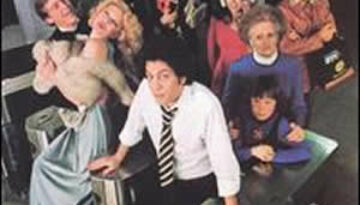
Buy Turnstiles Turnstiles is , in a lot of ways, the “growing up” album for Billy Joel. Even though he was only in his mid twenties at the time of its production (which […]

Buy The Stranger There is a bit of irony in The Stranger being our selection as Album of the Year for 1977. Don’t get me wrong, this is a great album by Billy Joel. […]
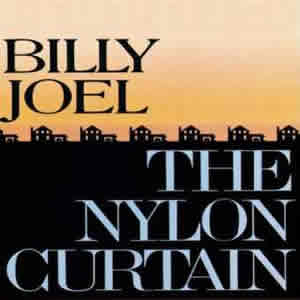
Buy The Nylon Curtain After much commercial success with his previous albums, Billy Joel really branched out to new musical territory on his eighth studio album, The Nylon Curtain. On this album, the […]
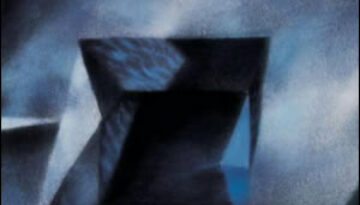
Billy Joel‘s 1986 studio album, The Bridge, represents a crossroads on many fronts. It is the seventh and final Billy Joel studio album to be produced by Phil Ramone. Ramone, starting with The […]
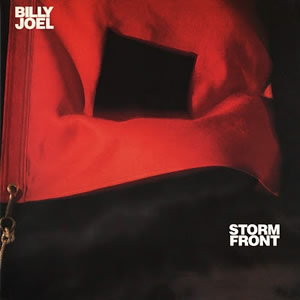
Buy Storm Front With Storm Front, his eleventh overall studio album, Billy Joel made a concerted effort to radically change his approach on several levels. First, he discharged a few members of the […]
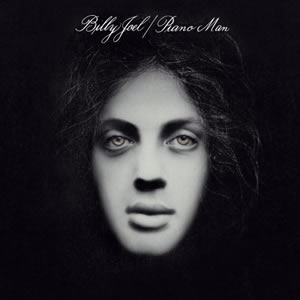
Buy Piano Man While in the midst of a bitter legal with his first label Family Records, Billy Joel sought exile in Los Angeles, biding his time as a lounge singer under the […]

Buy An innocent Man Billy Joel took a musical detour by forging an album of interpretive styles on An Innocent Man, his ninth studio album. Here, Joel pays homage to various musical styles […]
